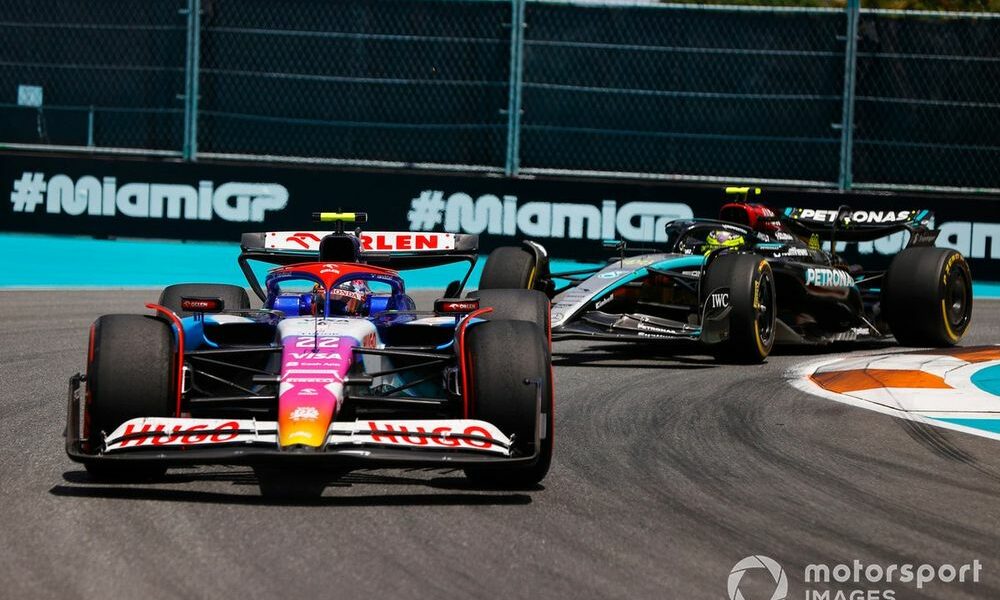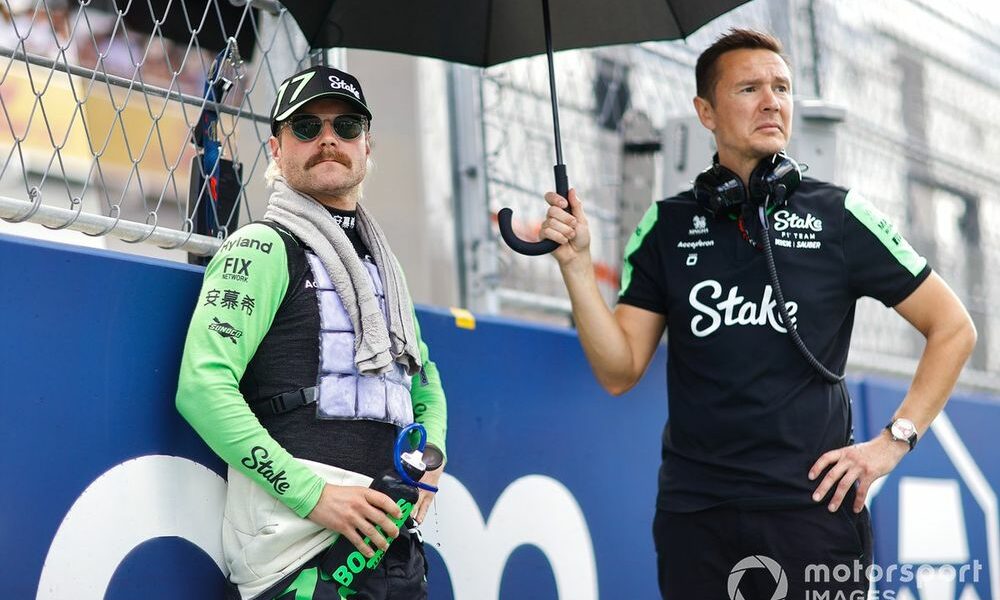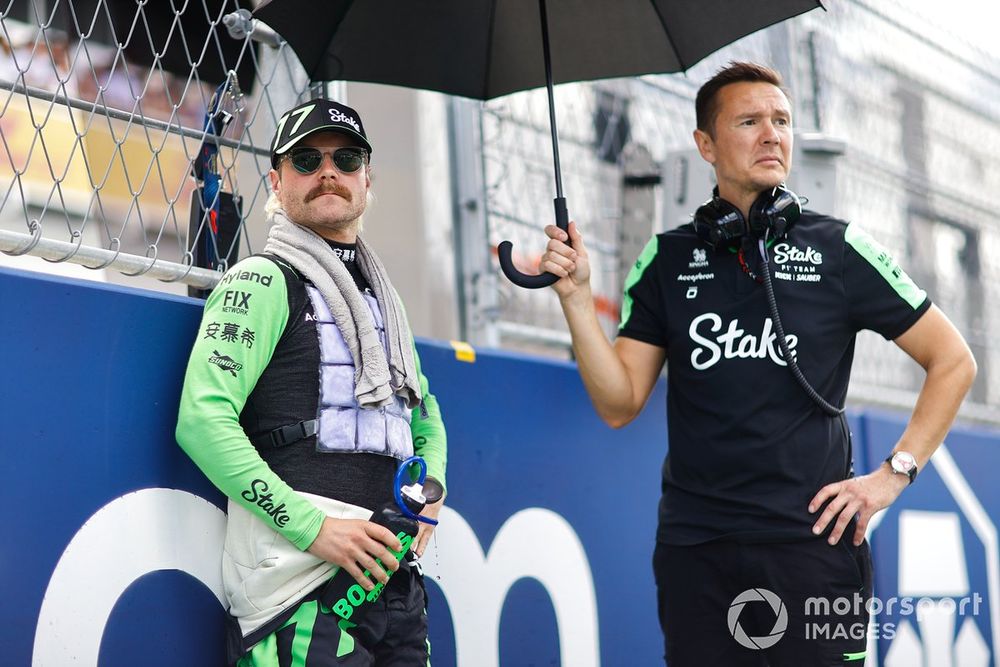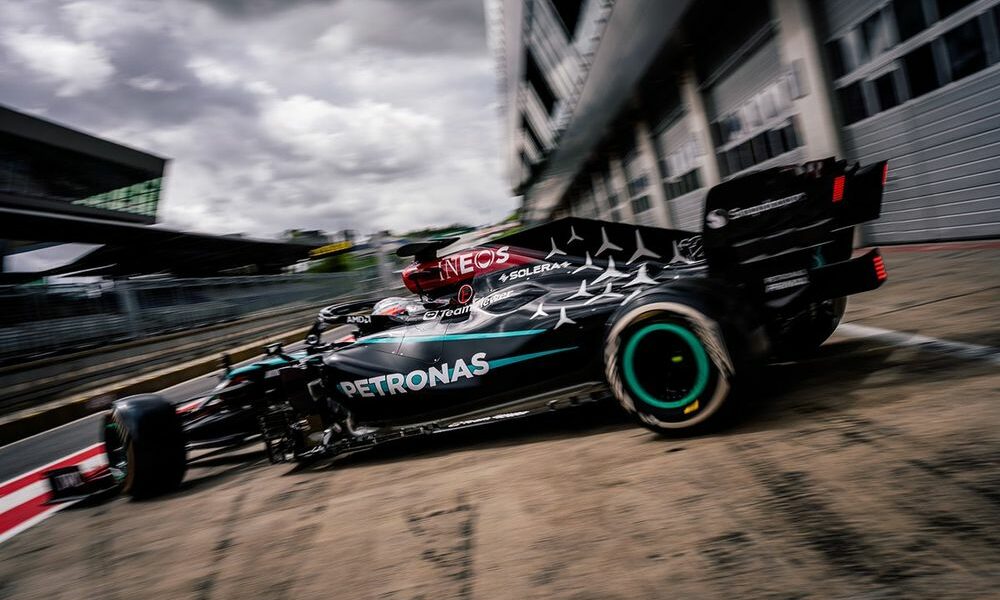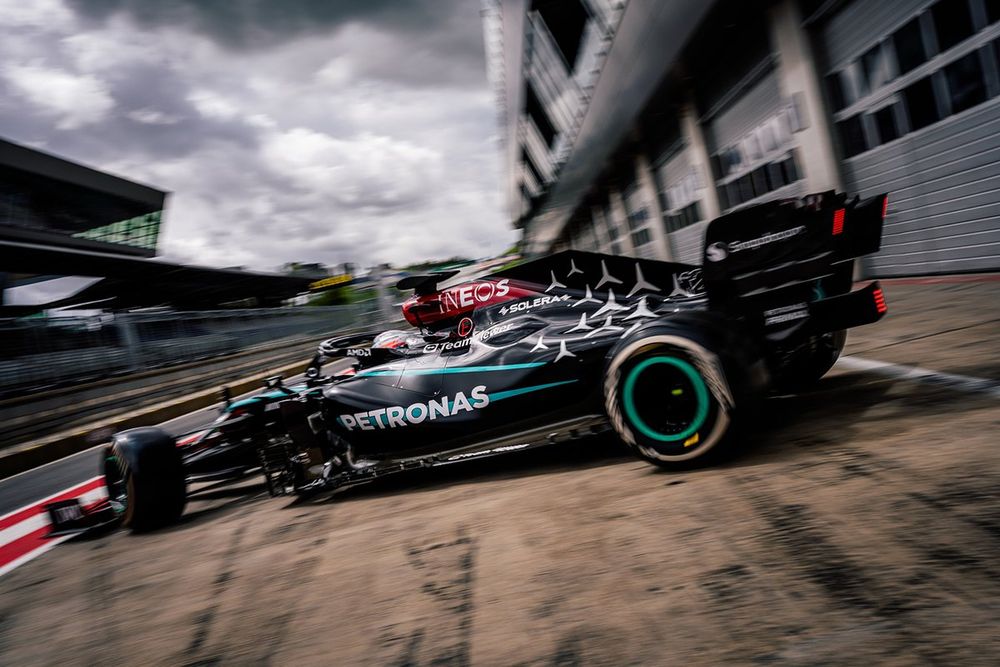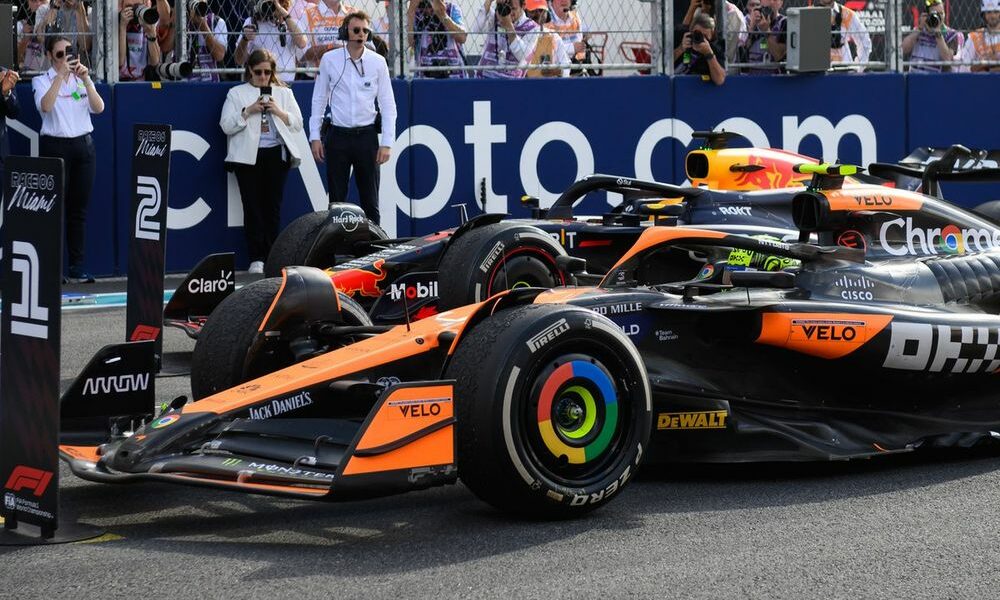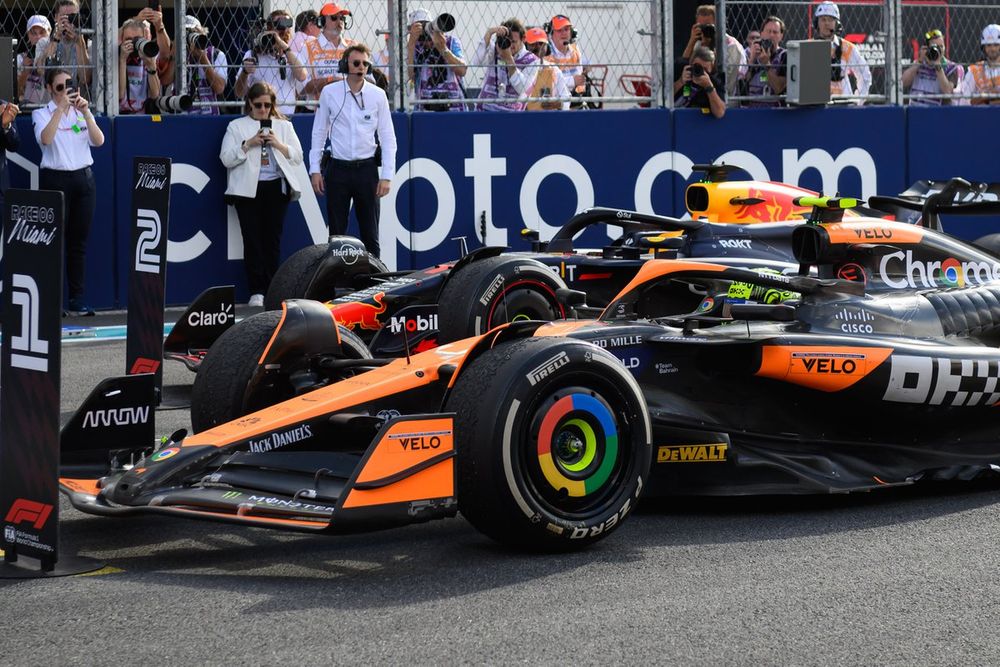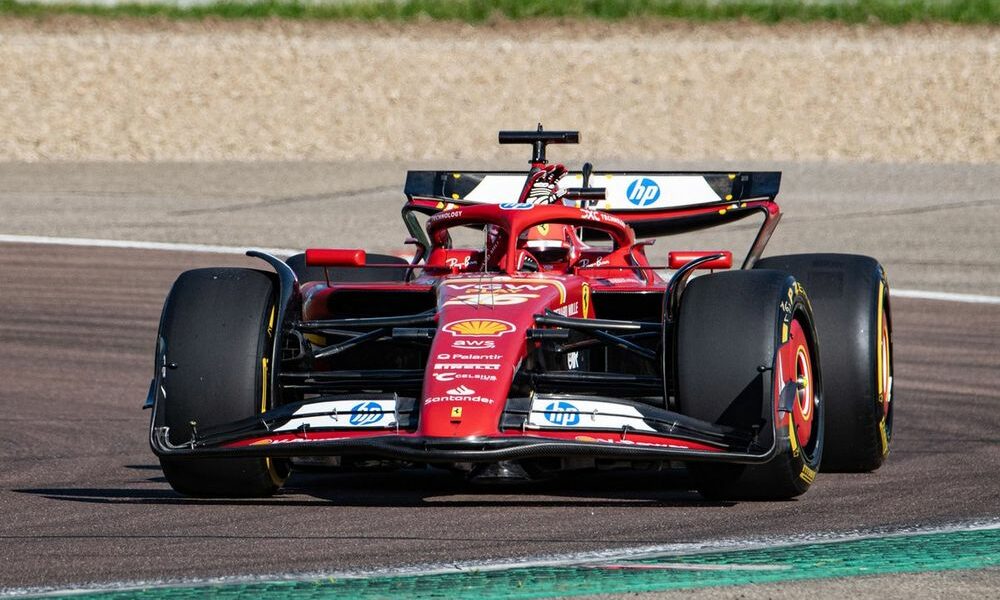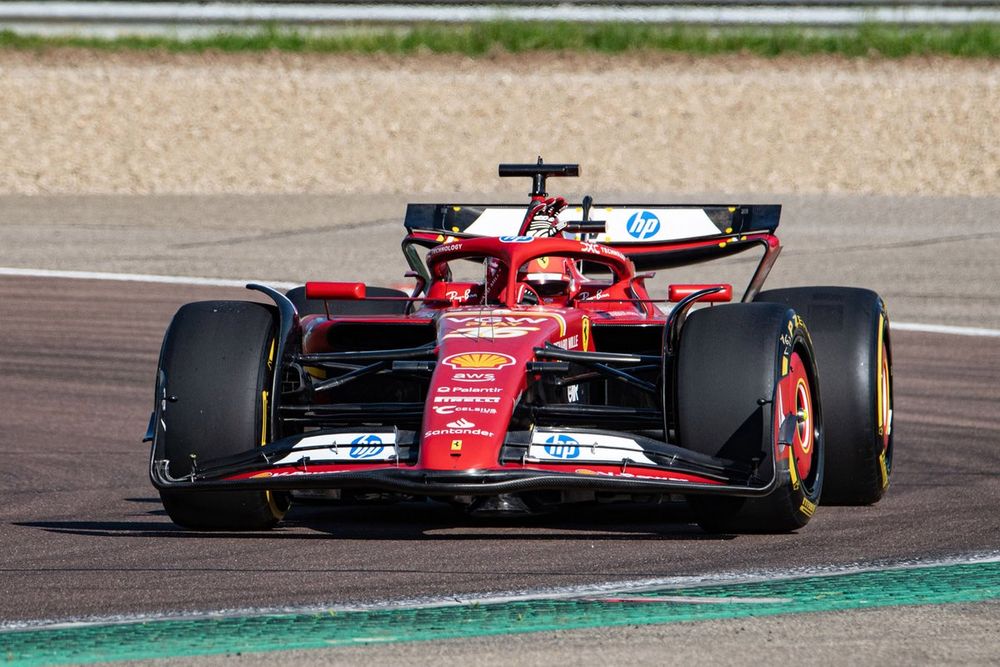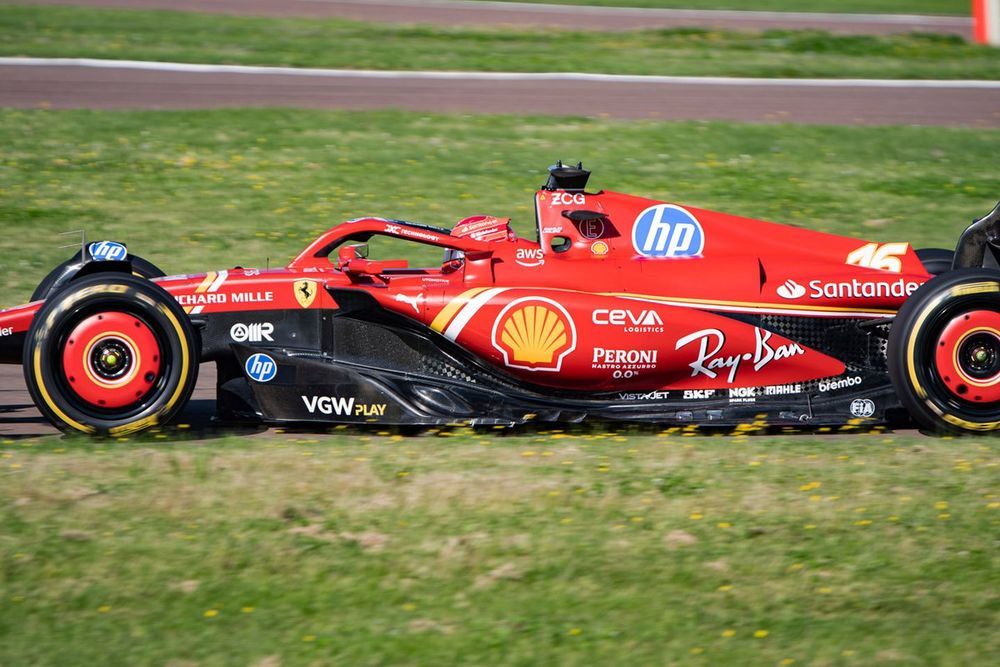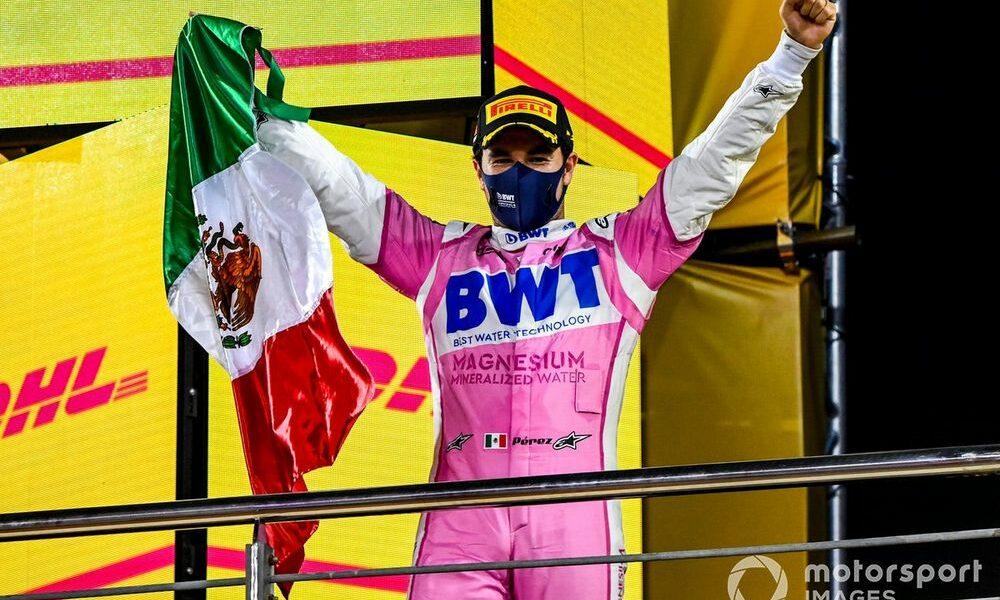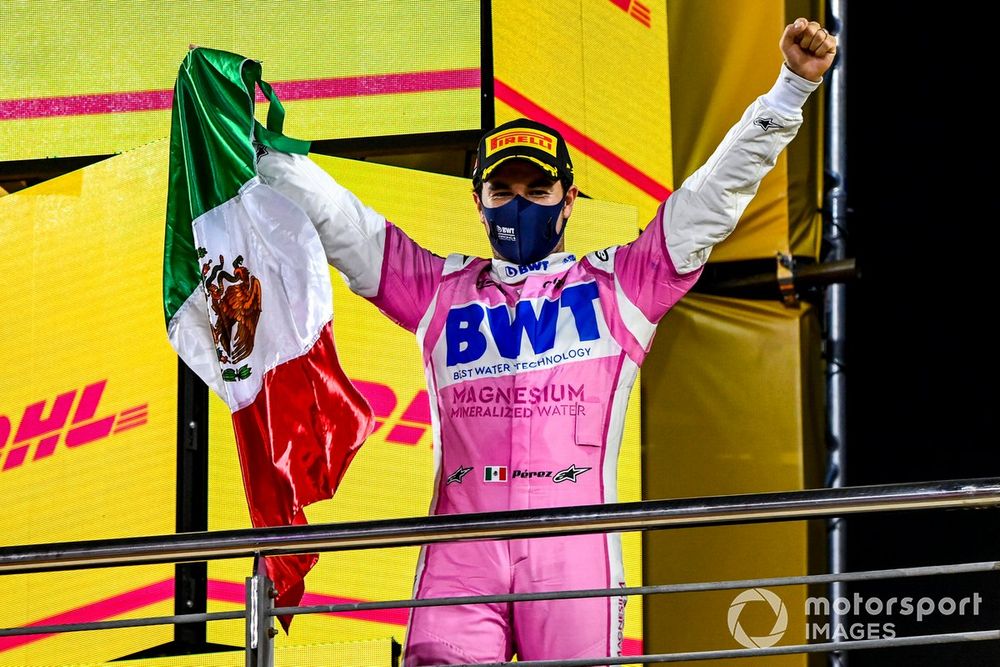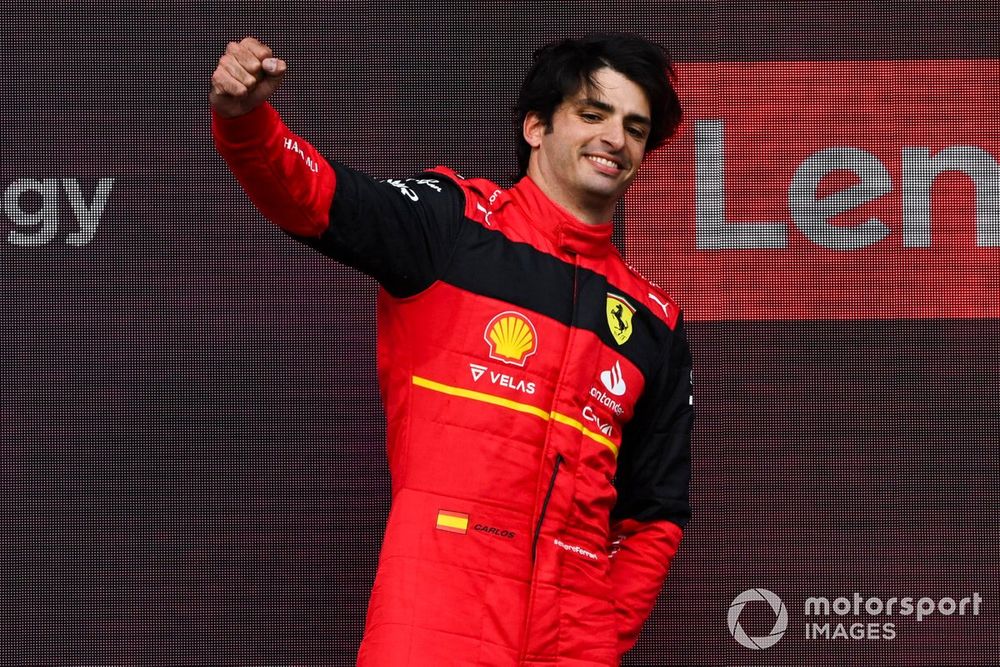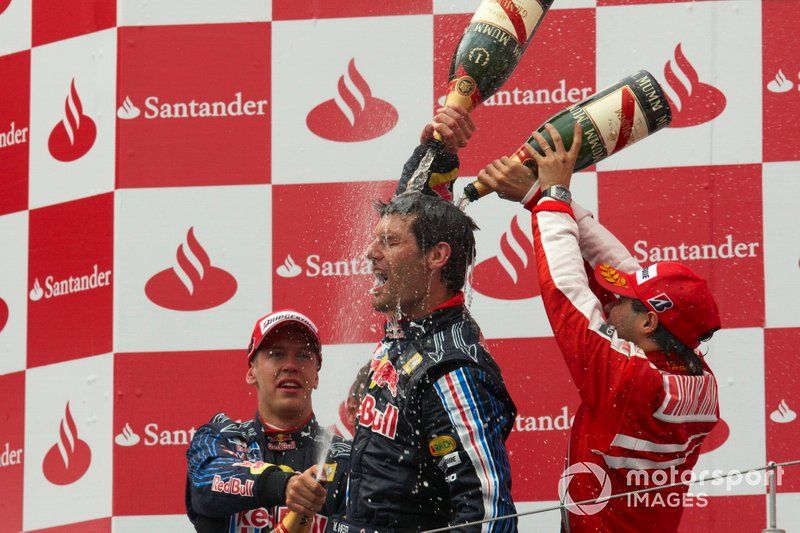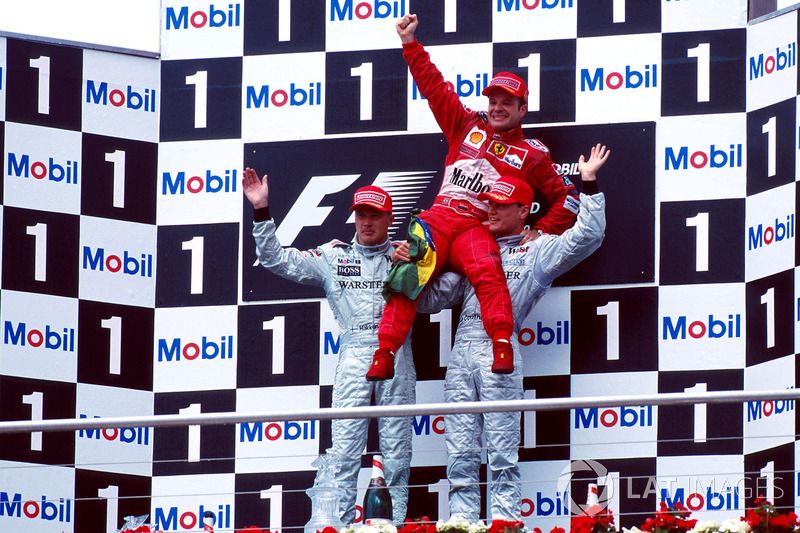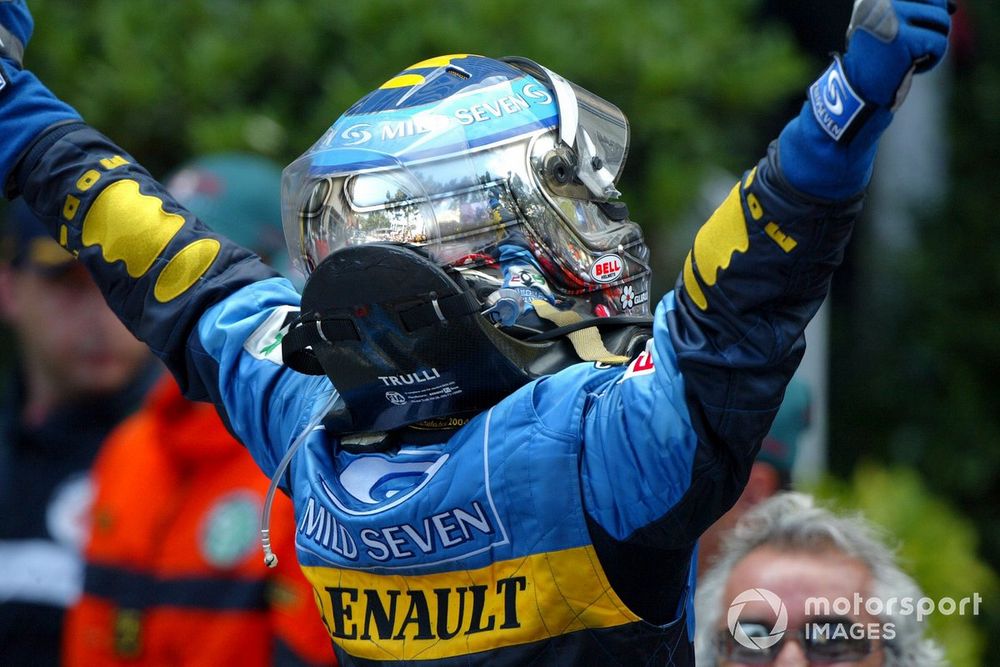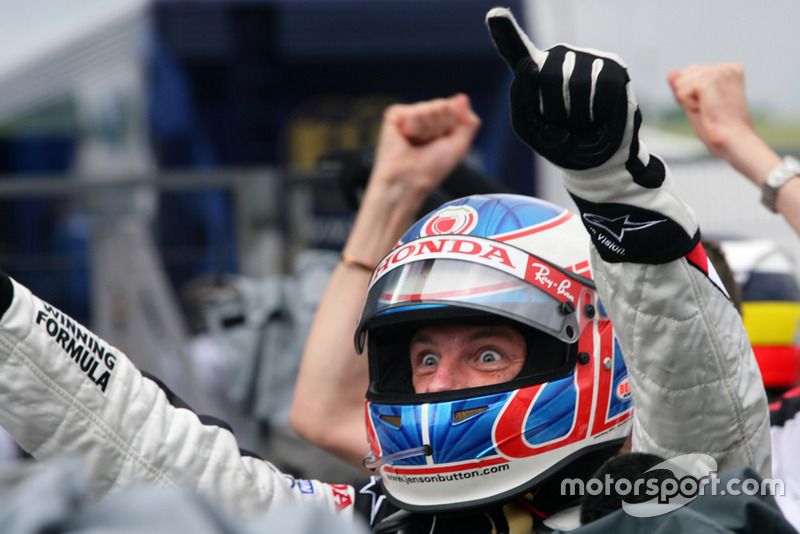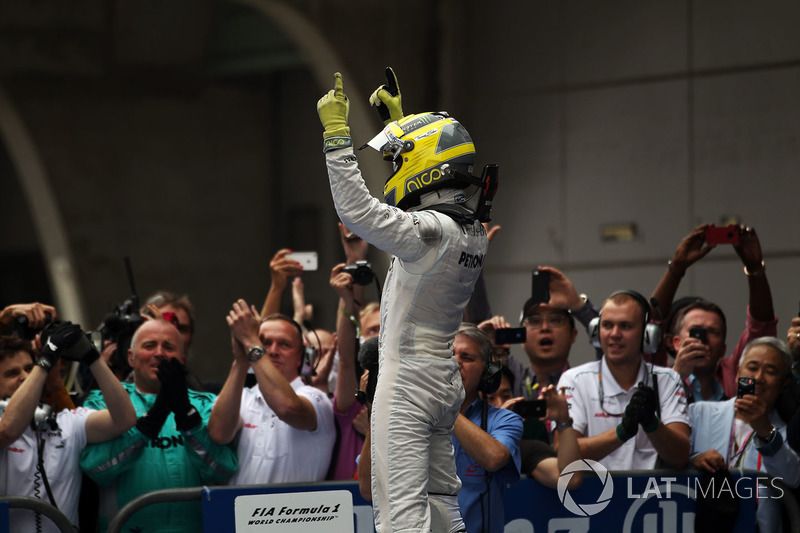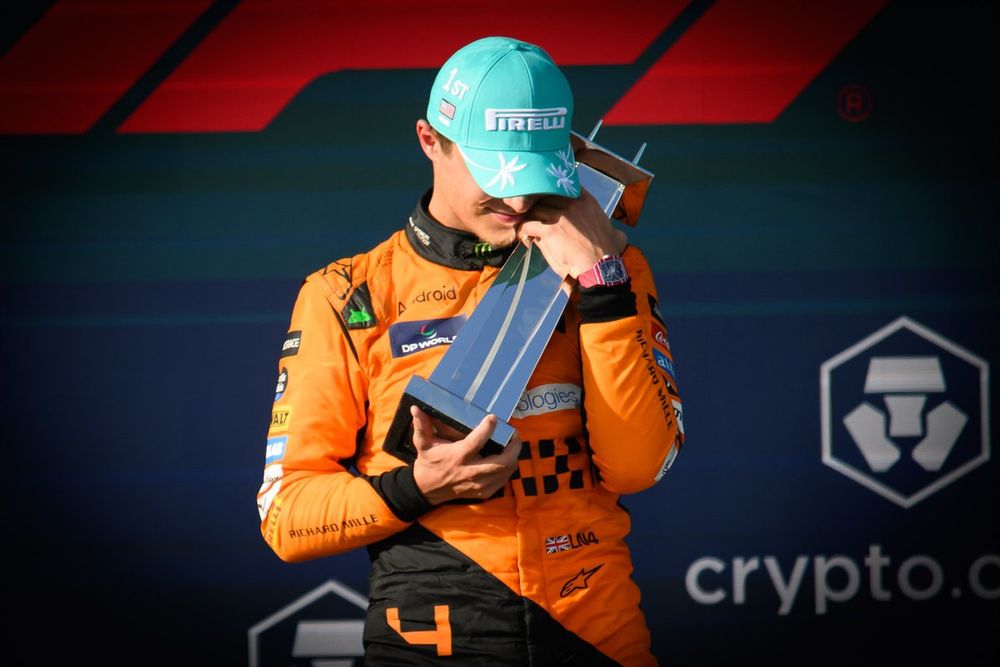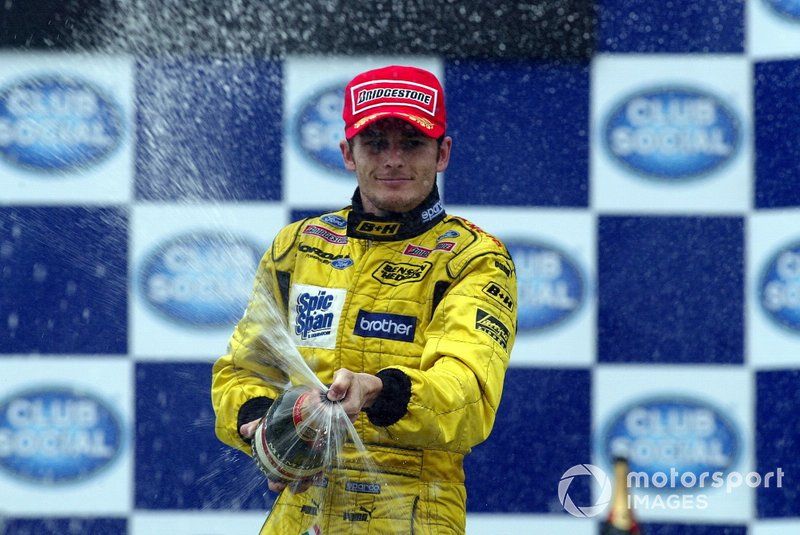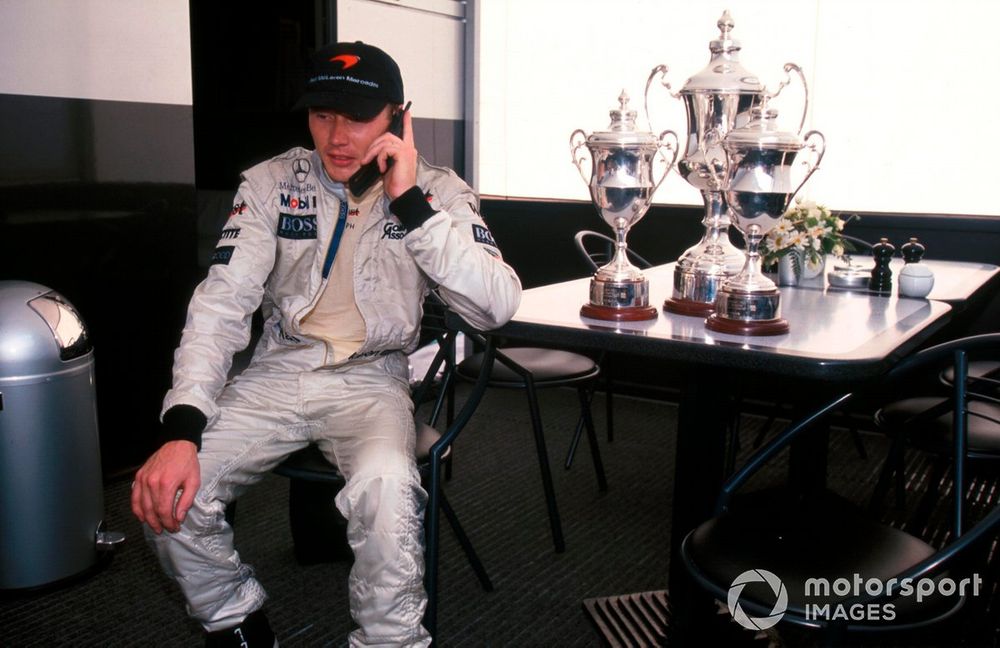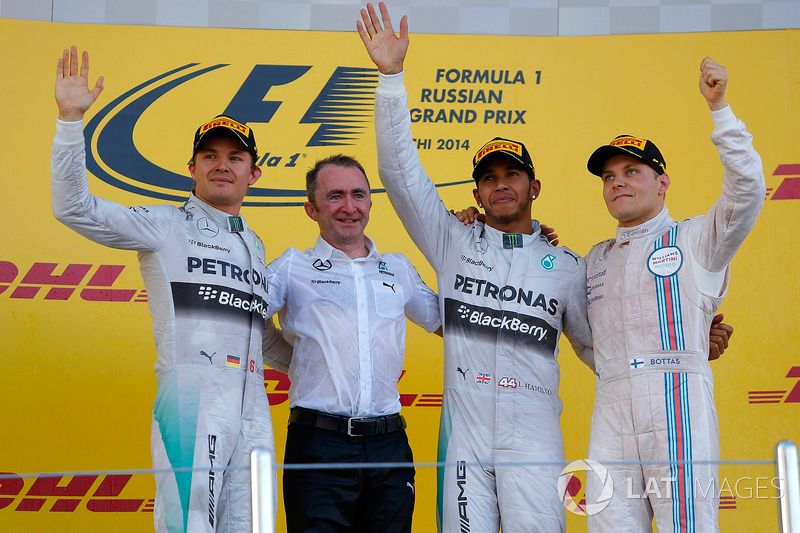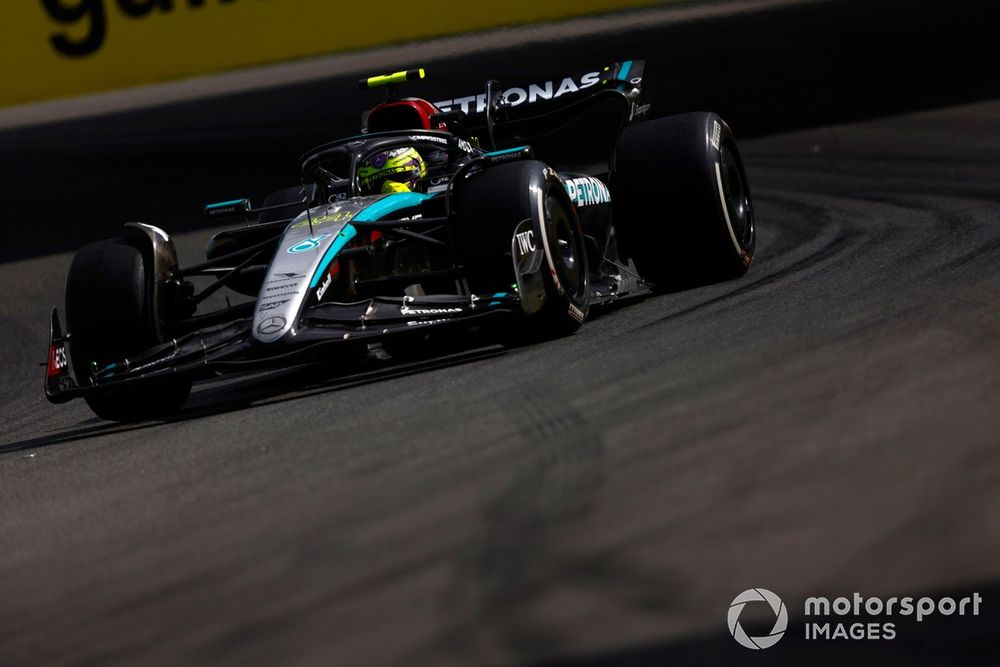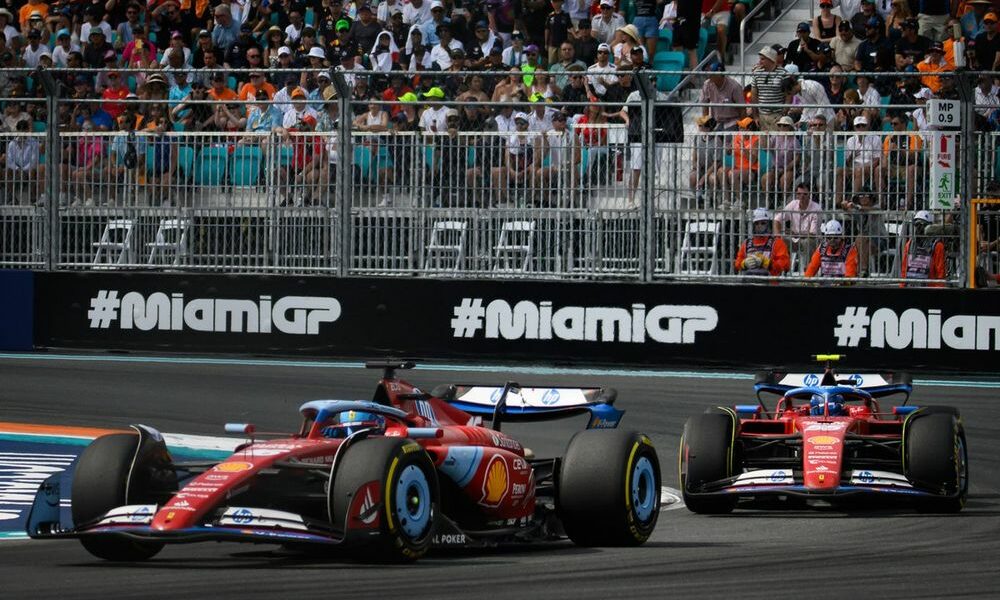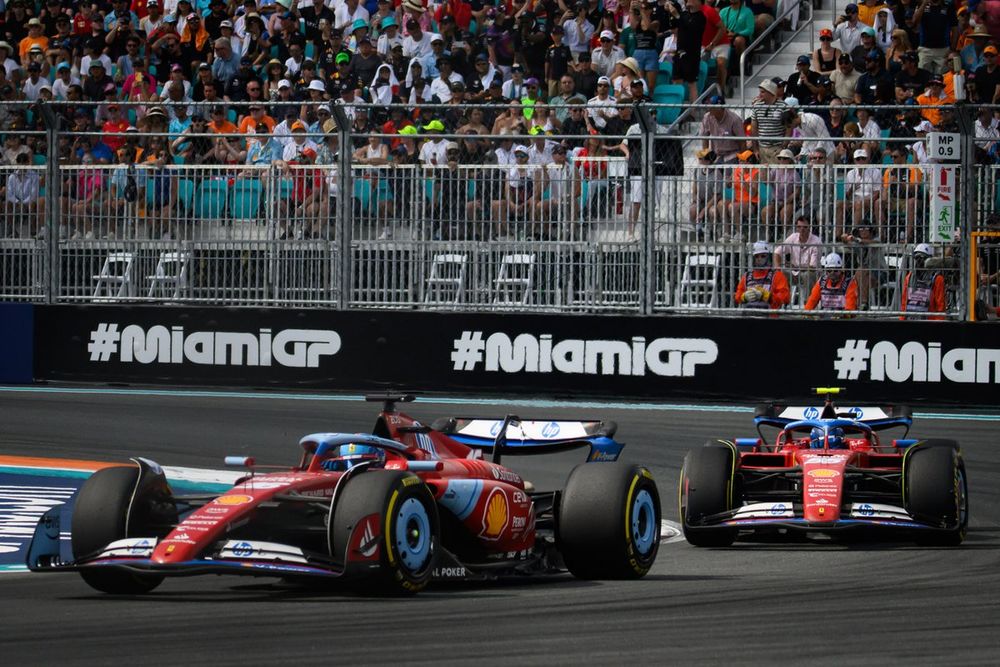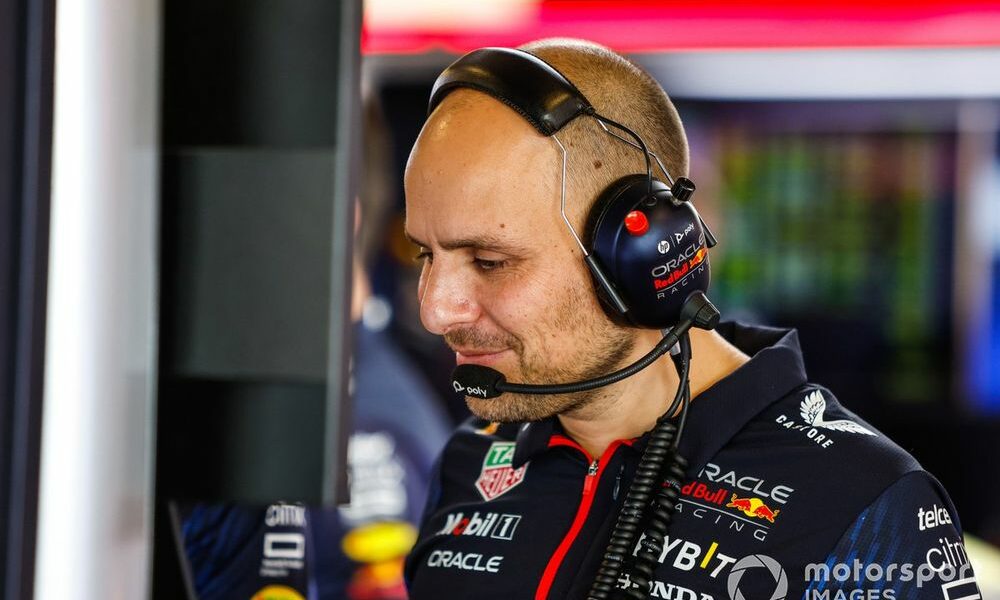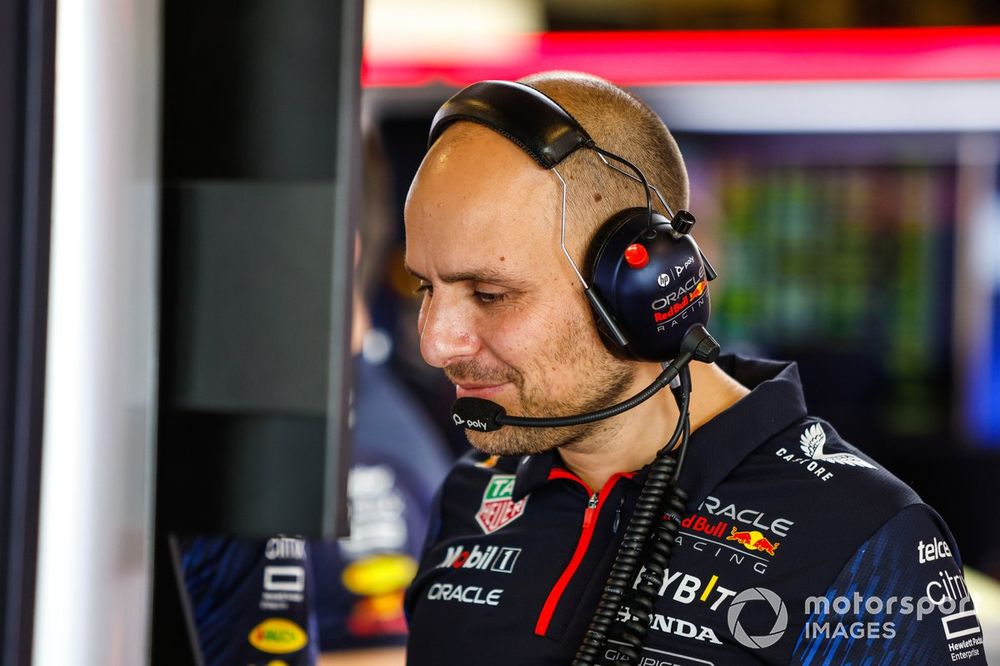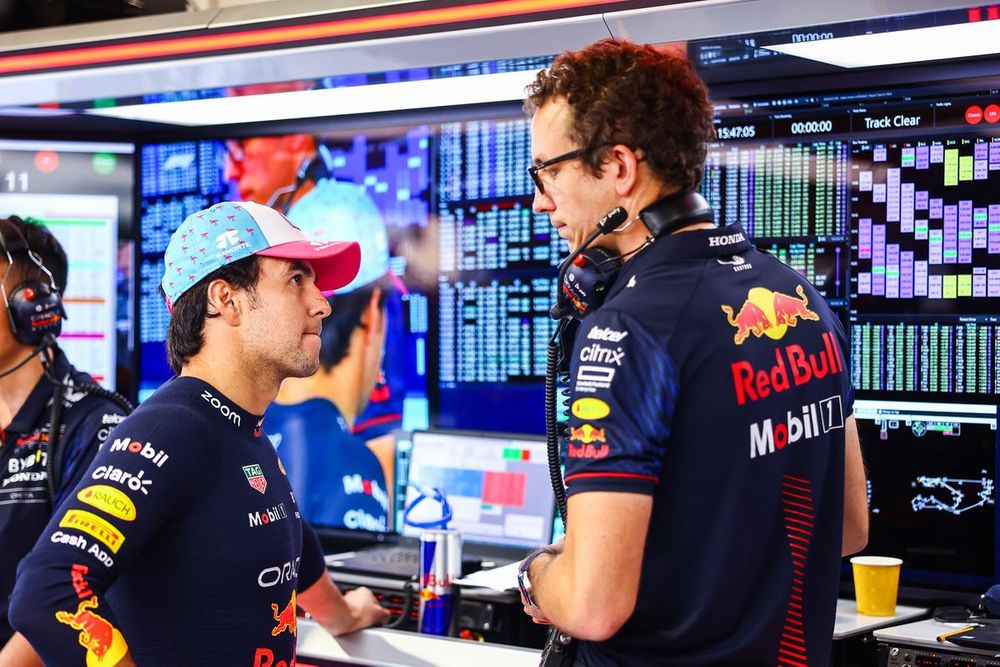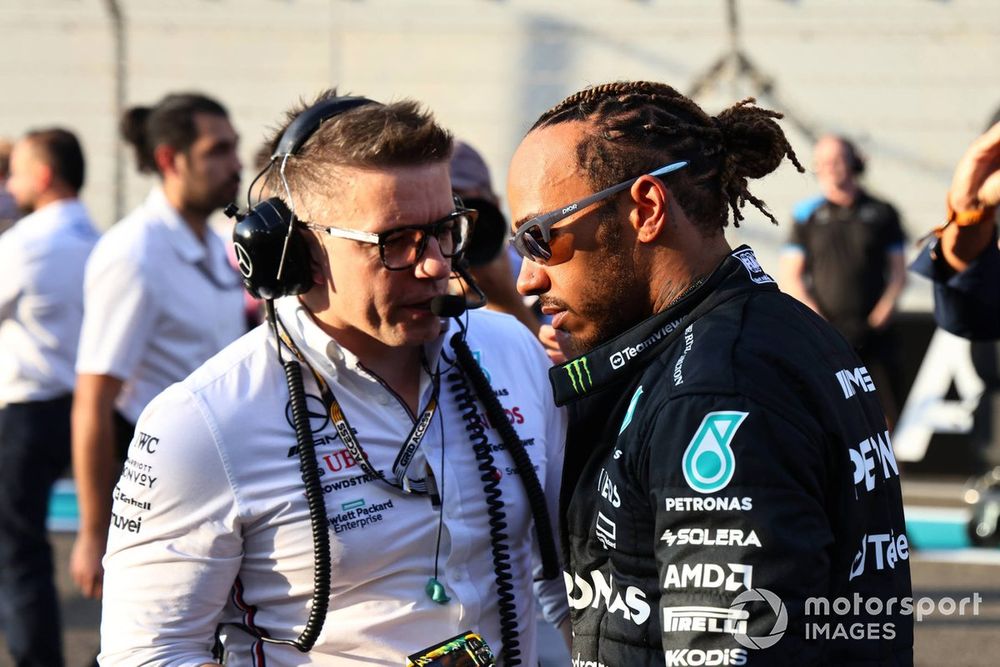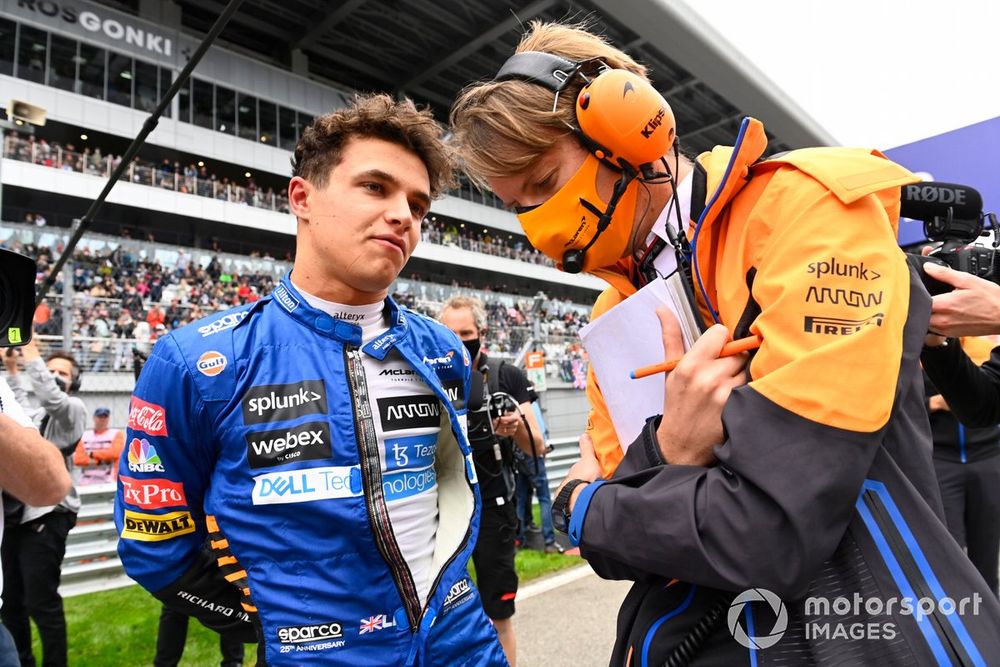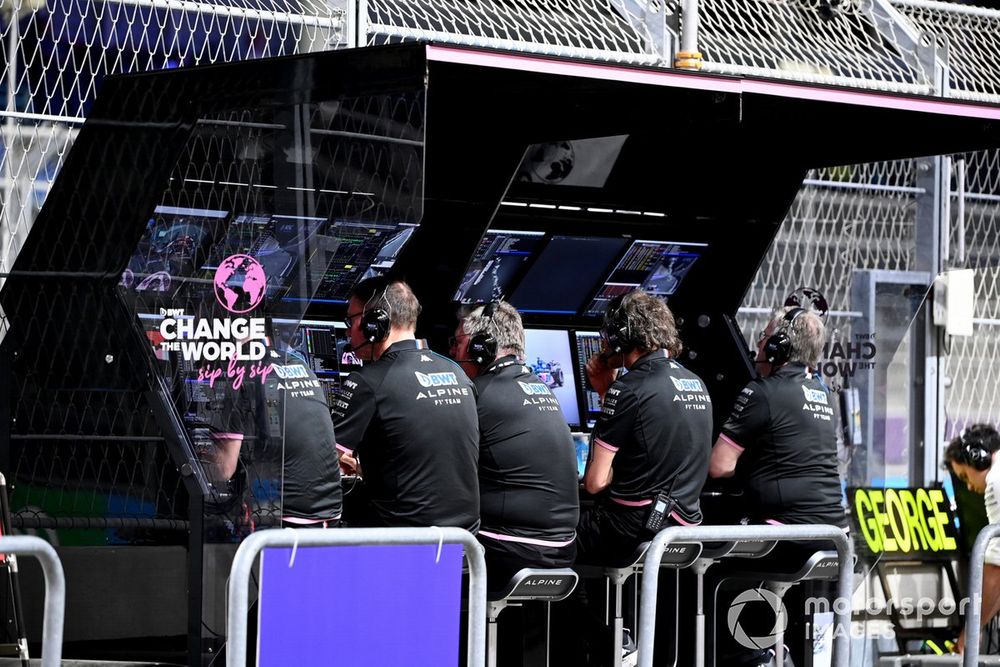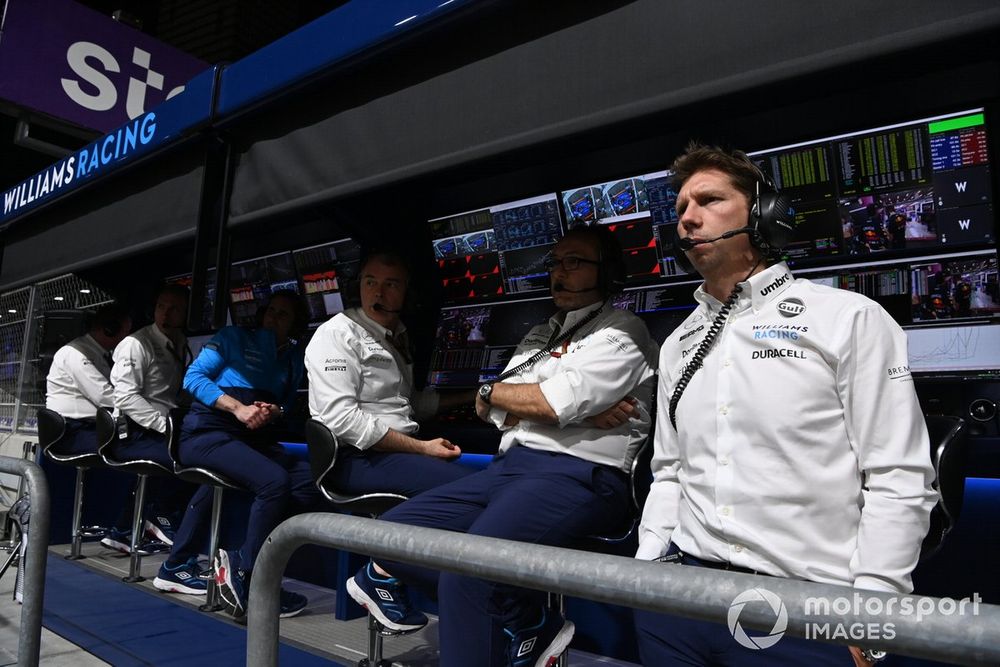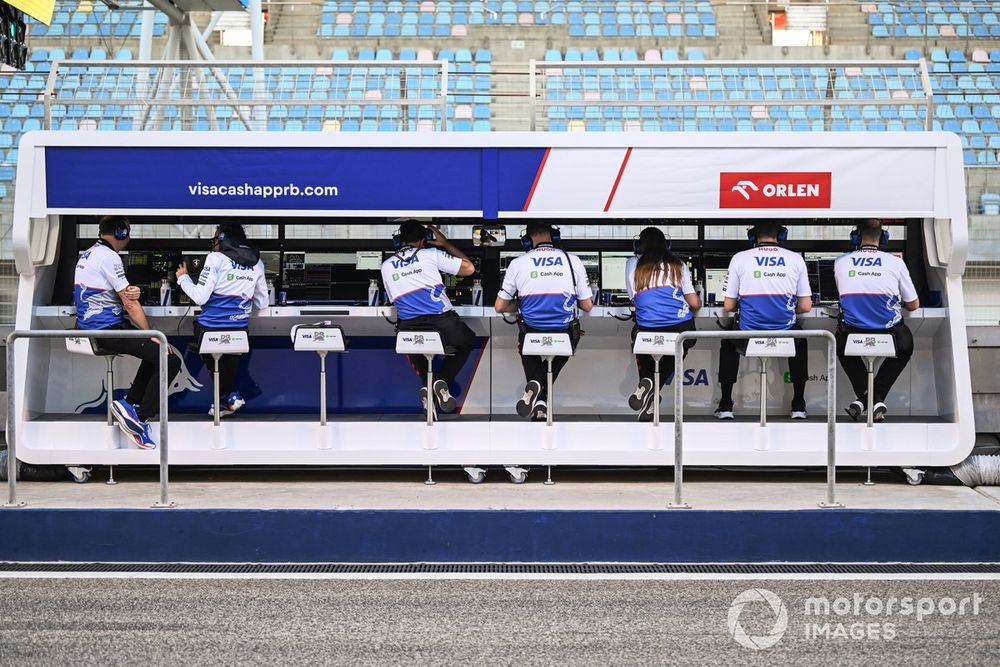The Faenza-based team enjoyed its most competitive outing of the year in Miami last weekend, with Tsunoda scoring twice thanks to an eighth-place finish in Saturday’s sprint followed by a strong drive to seventh in Sunday’s race.
The results left Tsunoda encouraged about his team’s form going forward, hailing the speed of its progress.
“It shows how much we’re pushing, you know, especially the people who work in the background,” Tsunoda told F1.com after the race. “The progress we’re having throughout the year so far is very fast.
“Every race so far we were always at least driving around the P10 and most of the races we’re scoring points, and recently it’s not even just P10, but P8, P9, P7, P4.
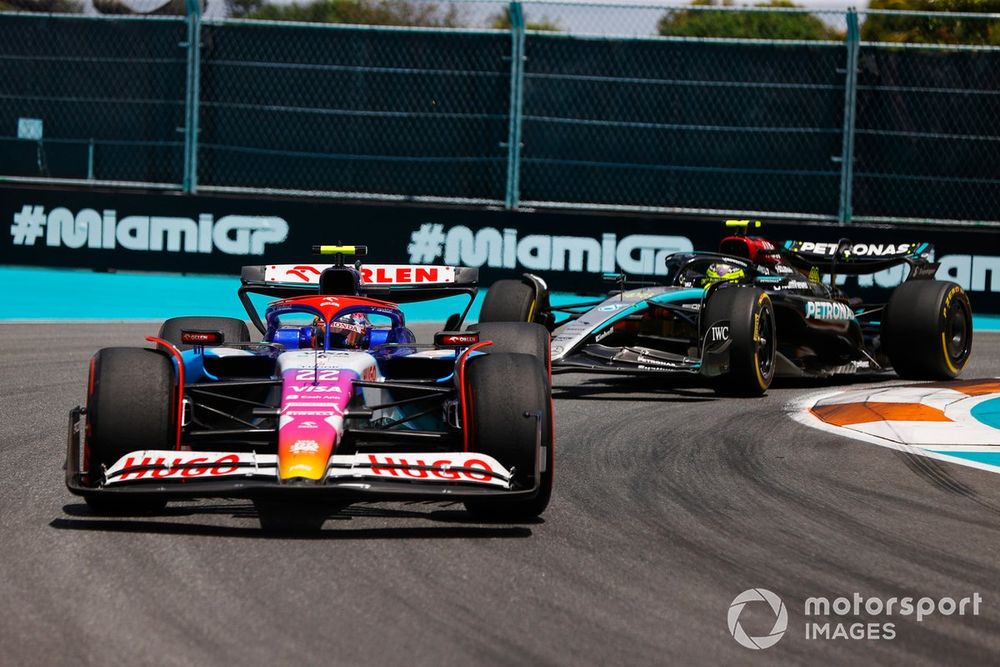
Yuki Tsunoda, RB F1 Team VCARB 01, Lewis Hamilton, Mercedes F1 W15
Photo by: Andy Hone / Motorsport Images
“So obviously, if we continue like this, maybe we at some point catch up the [top five] teams. We never know and that’s what we aim for for now.”
“I kind of peed in my pants when I slid at Turn seven,” he said of the incident.”I kind of had a half-spin there. It was my biggest mistake and it was unnecessary for me.
“But after that, the pace was there. I also enjoyed the battle with Lewis. In the end, he overtook me like yesterday, so kind of deja vu.”

